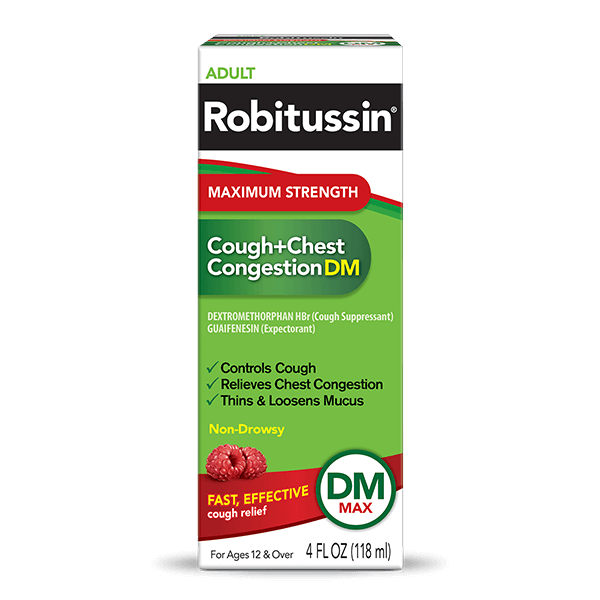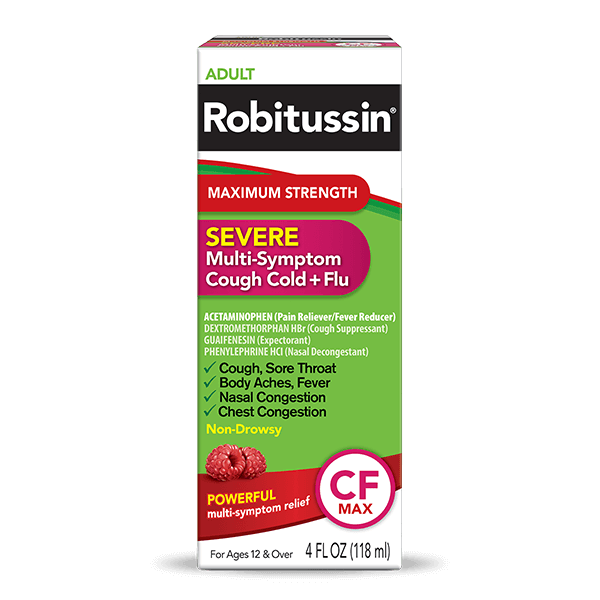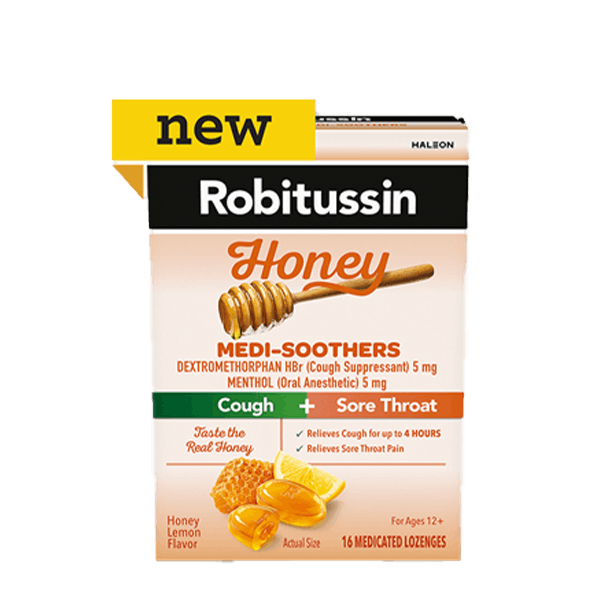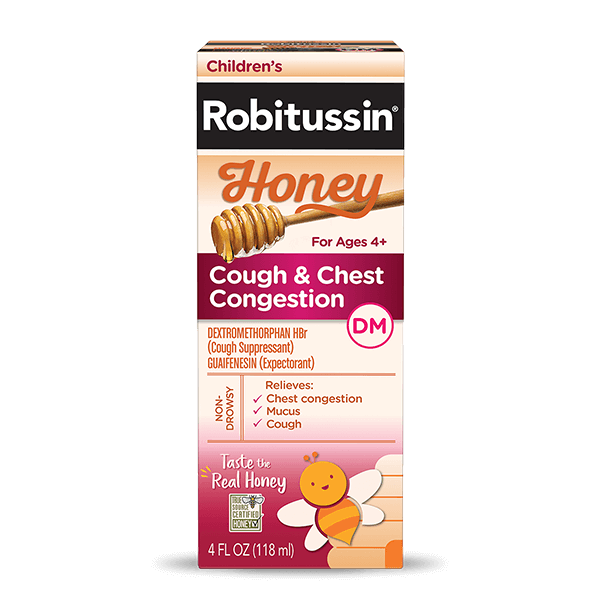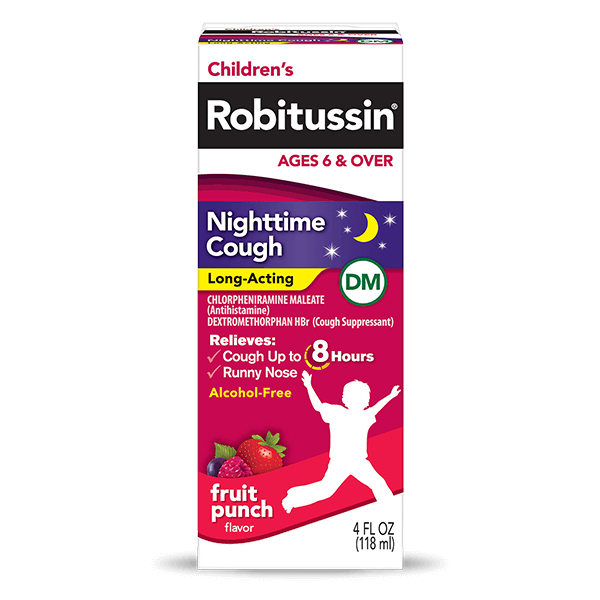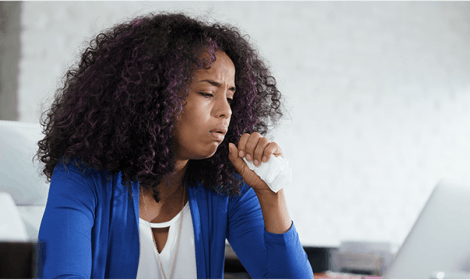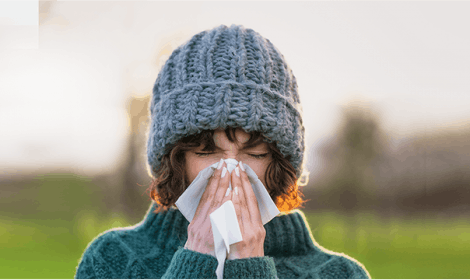Understanding Throat Congestion: Dealing with Postnasal Drip
Throat congestion, also known as postnasal drip, is a common respiratory condition that can cause discomfort and irritation in the throat. It occurs when excess mucus accumulates in the back of the throat, leading to symptoms such as coughing, throat clearing, and a persistent tickle or discomfort. Let’s delve into the causes, symptoms, and potential remedies for postnasal drip.

Causes of Throat Congestion (Postnasal Drip)
Postnasal drip can be triggered by a wide range of factors, making a root cause hard to identify. Some may include, but aren’t limited to1:
- Common cold: Respiratory infections, such as the common cold or influenza, are among the most prevalent causes of postnasal drip. When your immune system detects viruses, it initiates an inflammatory response, increasing mucus production. This excess mucus may drain from your nasal passages down the back of your throat.
- Sinus infections (sinusitis): Bacterial or viral infections of the sinuses can inflame the sinus lining, causing the sinuses to produce more mucus. This thickened mucus can become trapped in the sinuses and eventually flow into the throat, contributing to postnasal drip.
- Gastroesophageal reflux disease (GERD): GERD is a chronic condition where stomach acid flows back into the esophagus, often causing heartburn and irritation. The acidic reflux can sometimes extend into the throat, leading to irritation and increased mucus production, exacerbating postnasal drip.
- Environmental irritants: Exposure to environmental irritants like cigarette smoke, air pollution, or dry indoor air can irritate the nasal passages and throat, leading to excess mucus production as a protective response.
- Medications: Certain medications, including antihypertensive drugs, birth control pills, and some antipsychotic medicines, can have the side effect of increasing mucus production in the respiratory tract, potentially contributing to postnasal drip.
- Anatomical factors: Structural abnormalities in the nose or sinuses, such as a deviated septum or nasal polyps, can obstruct normal mucus drainage, leading to its accumulation in the throat.
- Pregnancy: Hormonal changes during pregnancy can lead to increased blood flow to the mucous membranes, resulting in greater mucus production and postnasal drip for some expectant mothers.
- Weather Changes: Shifts in weather, particularly transitioning from warm to cold or dry conditions, can trigger nasal congestion and postnasal drip in susceptible individuals.
- Spicy foods: Spicy or hot foods can cause the body to produce more mucus as a protective response to the perceived irritation, potentially leading to throat congestion.
- Age: Postnasal drip may be more common in older adults due to age-related changes in mucus production and the respiratory system’s ability to clear mucus effectively.
It’s important to note that these causes can often overlap or interact, making it essential to consult a healthcare professional to determine the cause of your postnasal drip and develop a treatment plan if necessary. Addressing the underlying cause is crucial for effective management and symptom relief.
Symptoms of Throat Congestion
The symptoms of throat congestion can vary from person to person but commonly include3:
- Coughing: A persistent cough, often worse at night.
- Throat clearing: Frequent throat clearing to remove mucus.
- Sore throat: Irritation and discomfort in the throat.
- Hoarseness: Changes in voice due to throat irritation.
- Difficulty swallowing: Feeling like a lump in the throat or having trouble swallowing.
- Bad breath: Foul-smelling breath can result from the accumulation of mucus in the throat.
Managing Throat Congestion
Fortunately, there are several ways to manage and ease discomfort from postnasal drip2:
- Stay hydrated: Drinking plenty of water can help thin mucus, making it easier to clear from your throat.
- Saline nasal irrigation: Using a saline solution to rinse your nasal passages can help remove excess mucus.
- Avoid triggers: If allergies are the culprit, try to avoid allergens or use antihistamines as directed by a healthcare professional.
- Humidify your environment: Using a humidifier can add moisture to the air, preventing dryness in your throat.
- Elevate your head: Sleeping with your head elevated can reduce the pooling of mucus in the throat.
- Medications: Over-the-counter or prescription medications, such as decongestants or antihistamines, can help manage symptoms.
- Lifestyle changes: If GERD is the underlying cause, lifestyle modifications like dietary changes and weight management may be recommended.
Throat congestion, or postnasal drip, is a bothersome condition that various factors can cause. Identifying the underlying cause and taking appropriate steps to manage the symptoms effectively is essential if you find throat congestion to be all too common in your day-to-day life. If your symptoms persist or worsen, consult a healthcare professional for a proper diagnosis and treatment plan. Always consult with a healthcare provider for personalized guidance and treatment options.
Source Citations:
- Postnasal drip and postnasal drip-related cough. Curr Opin Otolaryngol Head Neck Surg. https://pubmed.ncbi.nlm.nih.gov/26731683/. Accessed 11/8/2023.
- Cleveland Clinic. Postnasal Drip. https://my.clevelandclinic.org/health/diseases/23082-postnasal-drip. Accessed 11/8/2023.
- Treatments for post-nasal drip. Harvard Health Publishing, Harvard Medical School. https://www.health.harvard.edu/staying-healthy/treatments-for-post-nasal-drip. Accessed 11/8/2023.
- **True Source Honey is ethically and transparently sourced. Click here to learn more
- ^Read more about our non-GMO standard. here
- ⚬This product contains the active ingredients Dextromethorphan.
- **This product contains the active ingredients Dextromethorphan and Guaifenesin.
- *These statements have not been evaluated by the Food and Drug Administration. This product is not intended to diagnose, treat, cure or prevent any disease.
- Use as Directed.
